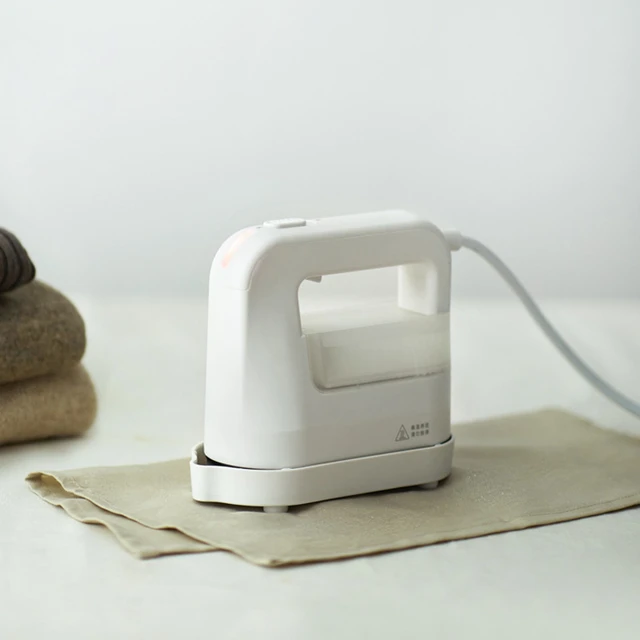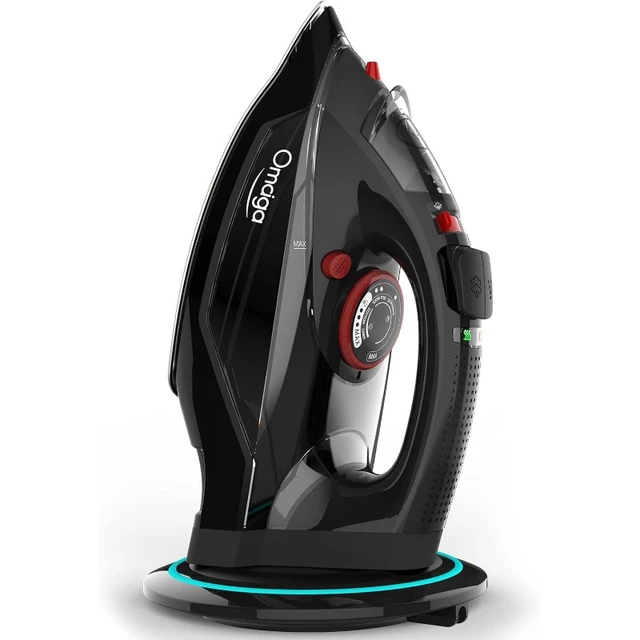Introduction
While attempting to remove iron stains at home can be a cost-effective and convenient option, it is essential to understand and acknowledge the potential risks involved. Iron stains can be challenging to remove, and improper cleaning techniques or the use of inappropriate products can exacerbate the problem or cause further damage to the affected surface. In this guide, we will outline the potential risks of attempting to remove iron stains at home, providing specific details to help you make informed decisions and minimize the chances of unintended consequences.

What are the risks of attempting to remove iron stains at home?
Aggravating the Stain
1.1. Improper Cleaning Techniques
Using incorrect cleaning techniques can worsen the iron stain. Aggressive scrubbing, excessive rubbing, or using abrasive materials can spread the stain across a larger area or embed it deeper into the surface. It is crucial to follow appropriate cleaning methods to avoid further damage.
1.2. Lack of Knowledge about Surface Compatibility
Different surfaces require specific cleaning approaches. Some cleaning agents or techniques that work well on one surface may cause damage or discoloration on others. If you are unsure about the compatibility of a cleaning method or product with the stained surface, it is advisable to seek professional guidance or conduct a small test on an inconspicuous area before proceeding.
Damaging the Surface
2.1. Scratching or Abrasion
Certain surfaces, particularly delicate ones, can be prone to scratching or abrasion. Aggressive scrubbing, using rough materials, or abrasive cleaning agents can scratch the surface and create permanent damage. Care must be taken to select appropriate cleaning tools and methods that are gentle enough to avoid surface damage.
2.2. Chemical Reactions
Using the wrong cleaning products or mixing incompatible chemicals can lead to chemical reactions that may damage or corrode the surface. Acidic or alkaline cleaners, for example, may react with certain surfaces or finishes, causing etching, discoloration, or irreversible damage. It is crucial to read and follow the instructions of any cleaning product used and to ensure compatibility with the stained surface.
2.3. Color Fading or Bleeding
Some cleaning methods or agents may cause color fading or bleeding, particularly on fabrics, carpets, or upholstery. Harsh chemicals or incorrect application can strip away color or cause dyes to bleed, leaving behind a permanent stain or discoloration. Always perform a colorfastness test on a small, inconspicuous area before proceeding with cleaning products or methods.
Spreading or Reinforcing the Stain
3.1. Ineffective Cleaning Methods
Using ineffective cleaning methods or products that are not specifically designed for iron stain removal can spread or reinforce the stain. If the cleaning agent does not effectively break down or remove the iron particles, they may spread across the surface, making the stain more noticeable or difficult to remove. It is important to select appropriate cleaning methods that are proven to effectively target iron stains.
3.2. Insufficient Removal of Residual Particles
Incomplete removal of iron particles during the cleaning process can lead to reoxidation and the reappearance of the stain. If the iron stain is not fully eliminated, residual iron particles can react with moisture or air, causing the stain to redevelop. Thorough cleaning and rinsing are essential to prevent this from happening.
Health and Safety Concerns
4.1. Inhalation of Harmful Substances
Certain cleaning agents or products used to remove iron stains may contain volatile chemicals or produce fumes that can be harmful when inhaled. It is vital to ensure proper ventilation when using these products and to follow the manufacturer’s instructions regarding safety precautions, including wearing protective gloves and a mask if necessary.
4.2. Skin Irritation or Sensitivities
Some cleaning agents can cause skin irritation or sensitivities, especially if you have preexisting skin conditions or allergies. Direct contact with certain cleaning products may result in skin redness, itching, or other adverse reactions. It is important to read the product labels carefully and follow any recommended precautions, including wearing gloves or using a barrier cream if necessary.
Irreversible Damage and Costly Repairs
5.1. Permanent Stain or Discoloration
Using improper cleaning methods or products can result in permanent staining or discoloration of the affected surface. This can be particularly problematic for delicate or valuable items that may require specialized restoration services or costly repairs to rectify the damage.
5.2. Professional Intervention or Replacement
If attempts to remove the iron stain at home are unsuccessful or result in further damage, professional intervention may be necessary. The cost associated with professional stain removal or the need to replace the stained surface or item can be significantly higher than the initial cost of hiring a professional or seeking advice before attempting the removal at home.
Seeking Professional Guidance
6.1. Uncertainty or Lack of Knowledge
If you are uncertain about the appropriate cleaning methods, the compatibility of cleaning agents with the stained surface, or the risks involved in cleaning, it is best to consult a professional. They can assess the situation, provide accurate advice, and carry out the necessary steps to remove the iron stain effectively.
Conclusion
Attempting to remove iron stains at home can be a viable option, but it is crucial to understand and consider the potential risks involved. Aggravating the stain, damaging the surface, spreading or reinforcing the stain, health and safety concerns, irreversible damage, and costly repairs are all risks associated with DIY iron stain removal. Prioritize proper cleaning techniques, ensure compatibility with the stained surface, perform a colorfastness test, and exercise caution to minimize the risks. When in doubt, seeking professional guidance or assistance is advisable to avoid unintended consequences and costly mistakes.

